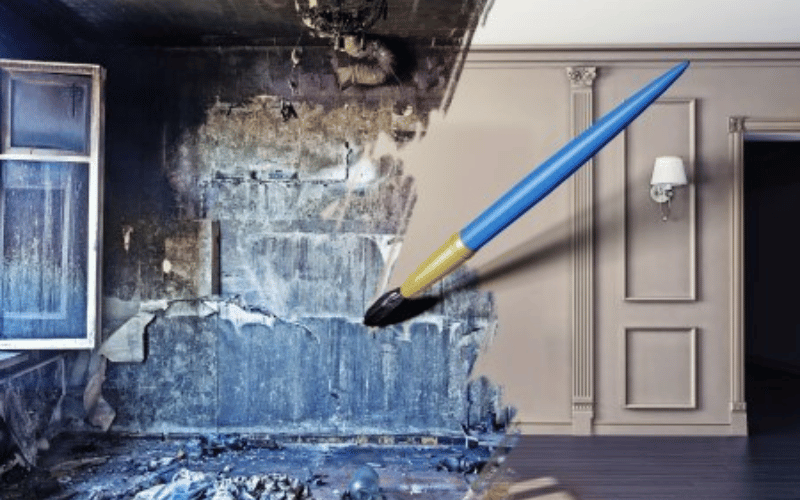
Have you spotted mould at your place? If yes, removing it as soon as possible is the only way to safeguard your property and health. Mould spores can cause allergies, watery eyes, runny nose, and asthma and breathing issues. Therefore it’s safest to hire a mould specialist for mould removal or remediation. You might get confused about these two different but interchangeably used words. Worry not; this post will guide you to understand the difference and explain each term. So, without further ado, let’s get into it:

Mould Removal
Mould removal is the action of “removing the mould,” to put it simply. Even while it seems straightforward, there is more to it. In certain cases, the term removing can mean cleaning rather than treating the root cause of the mould problem.
Although mould is a natural component of our ecology, it cannot be entirely removed. Technically, it is impossible to eradicate all moulds because mould spores are often present in both indoor and outdoor settings. The objective is to restrict the growth of the mould.
Mould spores are typically safe until they land on a moist area and start to develop into active mould. If mould is forming inside your home, its cleanup is urgently needed.
Because many homeowners can connect to and recognise the word “mould removal,” many restoration companies utilise it. Because extended exposure to any type of mould can have negative consequences on your health and well-being, mould eradication is crucial. Therefore, it is wise to have it fixed immediately if you are worried about your family or have a member prone to mould allergies.
Only a portion of the process of addressing mould issues involves eradication. Given that comprehensive mould, eradication is both impractical and generally undesired, remediating mould is the best option.
Mould Remediation
People usually use the term mould remediation for the procedures utilised to eliminate dangerous mould development. Based on the type and location, it may also involve mould testing, removal, demolition, sanitising, containment, and mould cleaning. Instead of making the misleading claim that all mould has been removed from your house, a reputable restoration firm would offer treatment to lower the level of mould there to a safe level. Here is the process of mould remediation:
- Mould evaluation:The experts examine the premises and affected areas to determine the type and source of the mould growth. It’s crucial to choose the most effective remediation strategy.
- Air filtration and cleanup:The method for cleaning mould depends on where it is. Moulds on non-porous or semi-porous materials are frequently removed using a secure method that stops the release of spores into the atmosphere.
- Removal or disposal:Whether disposal is necessary will depend on the kind of substance the mould is growing on. The standard line of action is eradication when mould develops on porous material.
- Sanitation:After removing mould-infested materials, it is common practice to thoroughly clean any contaminated furniture, drapes, floors, walls, etc. Additionally, using fogging equipment, odours will be deodorised and eliminated.
- Preventative Advice:The preventative suggestion is the last stage of the mould treatment process.
You might know which method to choose for your home or business site as you know the differences. If not, you can always get professional help to identify the cure. Emergency Flood Restoration Adelaide is a top-notch water damage restoration company. We are proud to be on the list of top companies that offer quick and safe water leak restoration, mould removal, mould remediation, flood damage restoration and repair. Our technicians use cutting-edge techniques and advanced tools to fix your property. We love seeing our customers happy and satisfied with the results. Their warm smiles and safety are our motivations. Contact us now to learn more.





